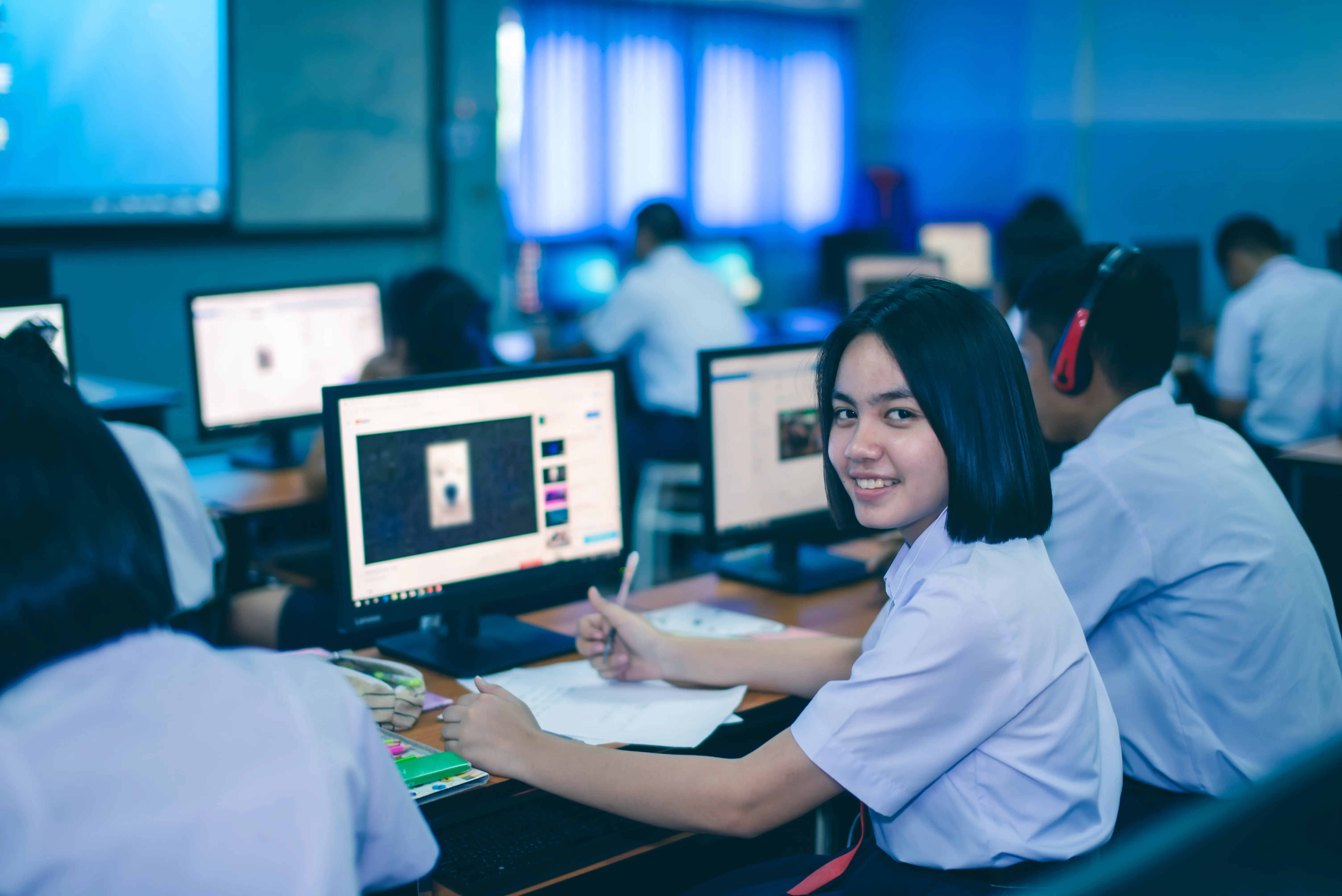
EdTech Trends in U.S. Schools: Reshaping the Learning Experience
By Adedayo Ebenezer Oyetoke Published on: January 6th 2024 | 4 mins, 760 words Views: 351
The world of education is constantly evolving, and with the rapid advancement of technology, the way we teach and learn has been transformed. EdTech, or Education Technology, has become an integral part of the learning process in U.S. schools. This article will explore the current trends in EdTech and how they are reshaping the learning experience for students in the United States.
1. Personalized Learning:
One of the most significant trends in EdTech is personalized learning. This approach aims to provide students with tailored learning experiences based on their individual needs, interests, and learning styles. By using data-driven algorithms, educators can identify areas where students may need additional support or guidance, and adapt their teaching methods accordingly.
For example, a student who is struggling with math might receive additional tutoring or access to online resources that break down complex concepts into simpler, easier-to-understand parts. This allows the student to learn at their own pace and build a strong foundation in the subject.
2. Artificial Intelligence (AI) and Machine Learning (ML):
Artificial Intelligence (AI) and Machine Learning (ML) have become increasingly prevalent in the education sector, with many schools and educational institutions adopting these technologies to enhance the learning experience for students. By using data-driven algorithms, educators can identify areas where students may need additional support or guidance, and adapt their teaching methods accordingly. This personalized approach ensures that students receive the most effective learning experiences tailored to their individual needs, ultimately leading to better academic outcomes.
3. Augmented Reality (AR) and Virtual Reality (VR):
AR and VR are revolutionizing the way students learn and interact with content. These technologies create immersive, interactive experiences that allow students to explore new subjects and gain a deeper understanding of complex concepts.
For instance, a student studying history could don a VR headset and "travel" to ancient Rome, experiencing the sights, sounds, and smells of the city as they would if they were actually there. This type of immersive learning can make subjects like history and science come alive for students, making learning more engaging and memorable.
4. Gamification:
Gamification is the use of game-like elements to motivate and engage learners. This can include elements such as points, badges, and leaderboards, which encourage students to work harder and achieve better results.
For example, a language learning app might reward students with "golden stars" for correctly answering questions, which they can then use to unlock new levels or access additional resources. This type of incentive-based learning can make learning fun and competitive, boosting students' motivation and engagement.
5. Blended Learning:
Blended learning combines traditional classroom instruction with online learning, allowing students to access educational content and resources at their own pace and in their own time. This flexibility can be particularly beneficial for students who have busy schedules or require additional support.
For example, a student with a busy schedule might complete a portion of their history homework during a study period at school, then finish the rest at home using an online resource. This type of personalized learning can help students stay on track and achieve better results.
6. Microlearning:
Microlearning is the practice of breaking down large amounts of information into smaller, bite-sized chunks. This can include short videos, podcasts, or articles that students can consume at their own pace.
For example, a student learning a new language might receive daily "flashcards" containing a few words or phrases in the language, which they can review and practice throughout the day. This type of spaced repetition can help students build a strong foundation in the language more quickly and efficiently.
7. Online Tutoring and Remote Learning:
With the rise of remote work and the COVID-19 pandemic, online tutoring and remote learning have become increasingly popular. Platforms like Zoom and Skype have made it easy for students to connect with teachers and classmates from anywhere in the world, allowing for flexible and accessible learning opportunities.
For example, a student who needs extra help with math might work with a tutor online, receiving instant feedback and guidance on their work. This type of personalized, one-on-one support can be invaluable for students who may be struggling with a particular subject.
Conclusion:
The EdTech landscape is constantly evolving, and its impact on the learning experience is undeniable. From personalized learning to AI and ML, AR and VR, gamification, blended learning, microlearning, and online tutoring, these technologies are shaping the future of education in the United States and around the world. As we continue to embrace these innovative tools, we can expect to see even more transformative changes in the way we learn and teach.